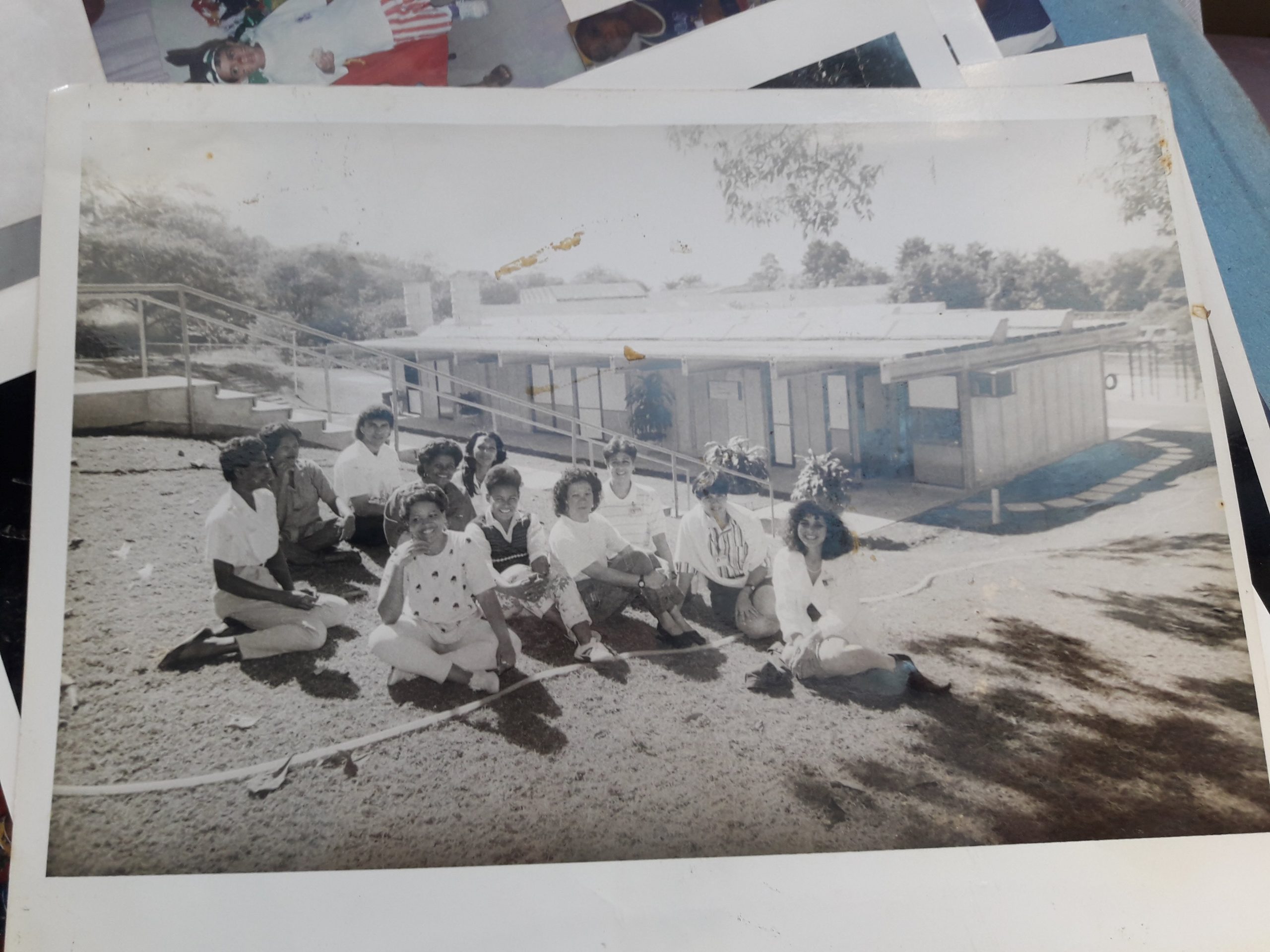Do you know what pit vipers have to do with treating high blood pressure? Or why the insect that transmits Chagas disease is called a kissing bug? Did you know that the activities of some bacteria can help lower the cost of raising certain food crops? Answering questions like these is the purpose of a series of animated science education films called Drops of Science. Produced by the Casa de Oswaldo Cruz, the films recount the life stories and major accomplishments of eminent Brazilian scientists.
First launched in Portuguese, in partnership with the Rio de Janeiro Municipal Department of Culture, two of the episodes in the series are now available in English. This first season of Drops of Science features 4 one-minute animations depicting the work of a number of scientists who made their careers in Brazil. One focuses on Maurício Rocha e Silva and Sérgio Ferreira’s work to develop a blood-pressure fighting medication using pit viper venom.
The topic of another film is Carlos Chagas, a pioneering scientist from the Oswaldo Cruz Institute, the cornerstone of today’s Oswaldo Cruz Foundation. The film describes the discovery of the illness named after the scientist: Chagas disease. The series also looks at the career of Johanna Dobereiner, an agronomist who identified a natural process that can be applied to raising beans. The season ends with an animated film about biologist Bertha Lutz and her work classifying new species of frogs.
Heverton de Oliveira, project leader, believes that audiovisual language facilitates the communication of scientific information. “This means of communication can be an efficient resource for bringing knowledge to the general public. Additionally, audiovisual language has a growing presence online and on the most popular devices among young people, like social networks and smartphones,” he says.
The animations about Bertha Lutz and Johanna Dobereiner can be viewed directly in English on the Oswaldo Cruz Foundation’s YouTube channel. The other episodes are narrated in Portuguese, with English subtitles.
The series is intended to demystify science and demonstrate how it relates to everyday matters in people’s lives. Each of the films conveys different insights. They show, for example, how scientific advances are generally the product of collective efforts and how science should serve everyone. One of the animations addresses the professional role of women in science and highlights the progress already made in this arena in Brazil, where equal proportions of men and women now work as scientists.
“Right from its inception, the Casa de Oswaldo Cruz has relied heavily on photography, phonography, and moving images in its work to produce and disseminate knowledge drawn from its collections and from the history of science and health. Now we have identified a need to invest in products whose language is more familiar to the public at large, especially to young people,” says Marcos José de Araujo Pinheiro, vice-director of Information and Cultural Heritage.





